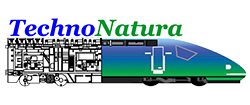Future education faces a complex set of challenges that need to be addressed to ensure that learners are prepared to thrive in a rapidly changing world while also contributing to a sustainable and just society.
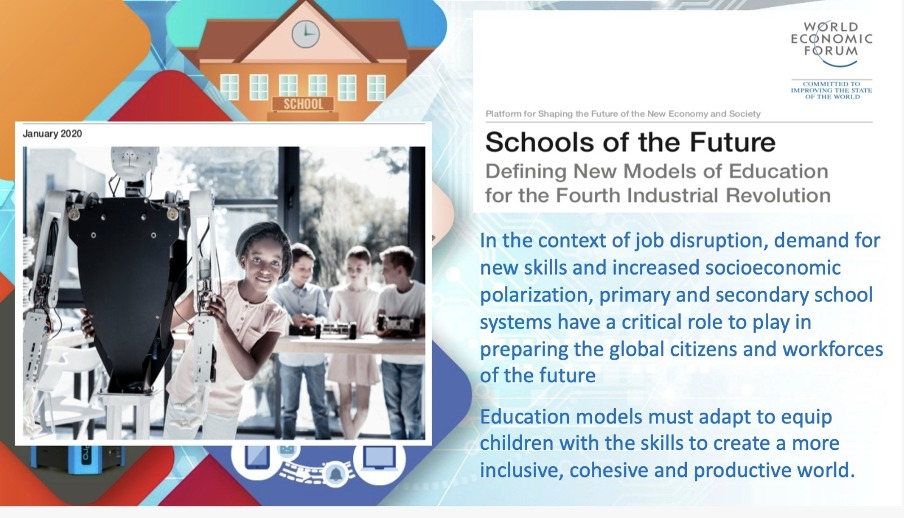
1. Urgency of Creating Fun Joyful Learning Environment
Fun and joyful learning are very essential components of education as they have a great positive impact on student engagement, motivation, and retention of information. In many education systems, standardised testing is used to evaluate students' performance and progress. This emphasis on high-stakes testing creates a stressful and anxious learning environment, which is not conducive to joyful learning. Future education must shift the focus away from high-stakes testing and towards a more holistic approach to student evaluation and assessment.

Creating a fun and joyful learning environment is crucial in promoting effective learning outcomes for students. There are several reasons why there is an urgent need to create such an environment:
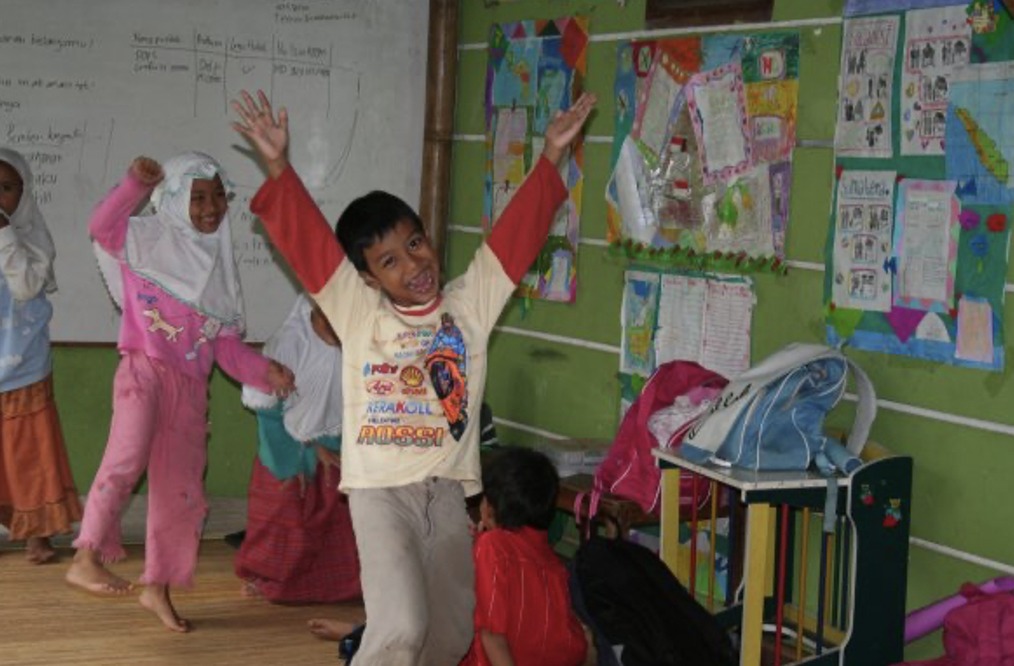
-
Boosts engagement: When students enjoy learning, they are more likely to engage in the classroom and participate actively in their learning. A fun and joyful learning environment can increase student motivation and enhance their desire to learn.
-
Reduces stress and anxiety: A positive classroom environment can help reduce stress and anxiety among students. When students feel comfortable and safe in their learning environment, they are more likely to take academic risks and try new things.
-
Encourages creativity: A fun and joyful learning environment can stimulate creativity and innovation among students. When students are encouraged to be imaginative and creative, they are more likely to develop unique ideas and perspectives.
-
Improves retention and memory: When students are having fun, they are more likely to remember what they learn. This is because fun and joyful experiences release dopamine, which is a chemical that helps with memory and learning retention.
-
Builds positive relationships: A fun and joyful learning environment can help build positive relationships among students and between students and their teachers. This can create a sense of community and belonging, which is important for student well-being and academic success.
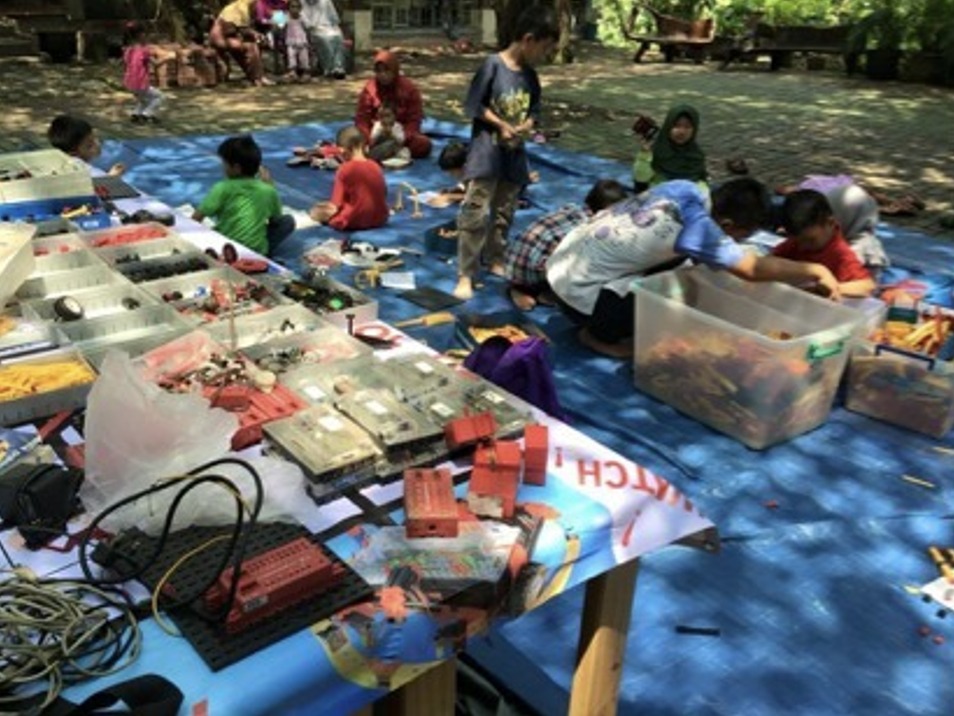
In summary, creating a fun and joyful learning environment is essential in promoting effective learning outcomes for students. It can boost engagement, reduce stress and anxiety, encourage creativity, improve retention and memory, and build positive relationships. As such, it is important for educators to prioritise creating a positive classroom environment that fosters joy, fun, and learning.
2. Educating Good Character
Educating good character requires more than just teaching values and virtues; it requires creating a culture of moral and ethical development. Future education must create environments that promote positive social interactions, empathy, and ethical decision-making. In addition to academic knowledge and technical skills, there is a growing recognition of the importance of character development in education. However, there is a lack of consensus on how to define and measure character, and a lack of resources and support for educators to integrate character education into their teaching.
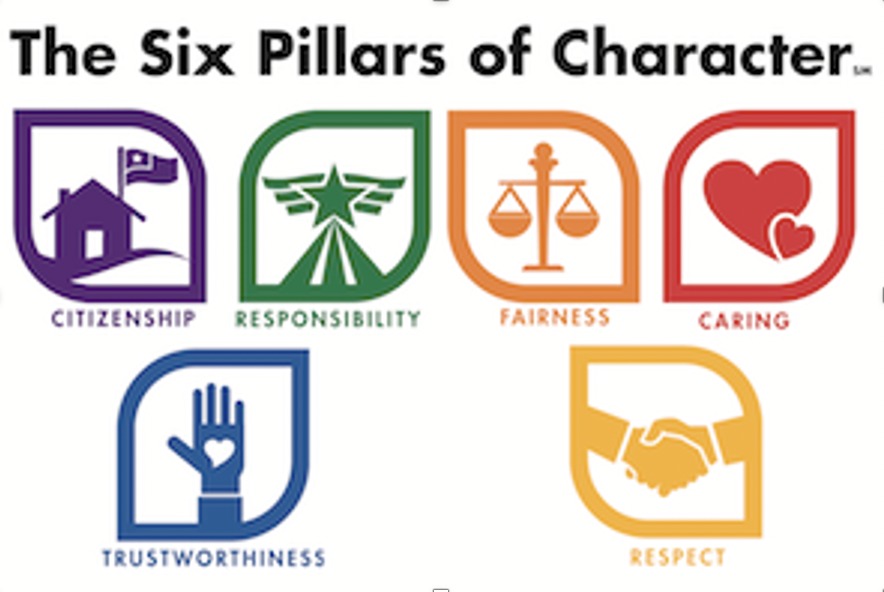
One of the main challenges in educating good character is that it requires a comprehensive approach that encompasses both academic and social-emotional learning. Educating good character involves teaching values such as empathy, honesty, respect, responsibility, and integrity, which are essential for building a strong moral compass in students.
Here are some challenges that educators face in educating good character:
-
Defining good character: There are many different definitions of what constitutes good character, and there may be disagreements among educators, parents, and students on what values are important to teach. This makes it important for educators to work collaboratively with their community to establish a shared vision of what good character means.
-
Time constraints: Educating good character is an ongoing process that requires consistency and reinforcement over time. However, educators may face time constraints due to competing demands, such as preparing students for standardised tests or covering mandated curriculum.
-
Lack of resources: Educating good character may require additional resources, such as specialised curricula or professional development opportunities for teachers. However, schools and districts may have limited resources to devote to social-emotional learning initiatives.
-
Cultural diversity: Educators must be aware of and sensitive to the cultural backgrounds of their students, as cultural values may differ regarding what constitutes good character. It is important to approach the education of good character in a way that is inclusive and respectful of all cultures.
-
Modeling good character: Educators must model good character themselves, as students are more likely to adopt the values and behaviours they see in their teachers. This requires educators to engage in ongoing self-reflection and personal growth.
In summary, educating good character is a complex and ongoing process that requires a comprehensive approach. Educators must navigate challenges such as defining good character, time constraints, lack of resources, cultural diversity, and modelling good character. By addressing these challenges and prioritising the education of good character, educators can help their students develop into responsible, ethical, and empathetic members of society.
3. The Era of Fourth Industrial Revolution Challenge
The world we are facing now is rapidly changing, with disruptive technologies and advancement that will transform life, business, and the global economy. How do we prepare ourself and start making adaptation toward the disruptive era?. The fourth industrial revolution is transforming the global economy and society, with advances in artificial intelligence, robotics, and the Internet of Things. However, there are concerns about the impact of these technologies on employment, inequality, and social cohesion, and a need to ensure that learners have the skills and knowledge to adapt to these changes.
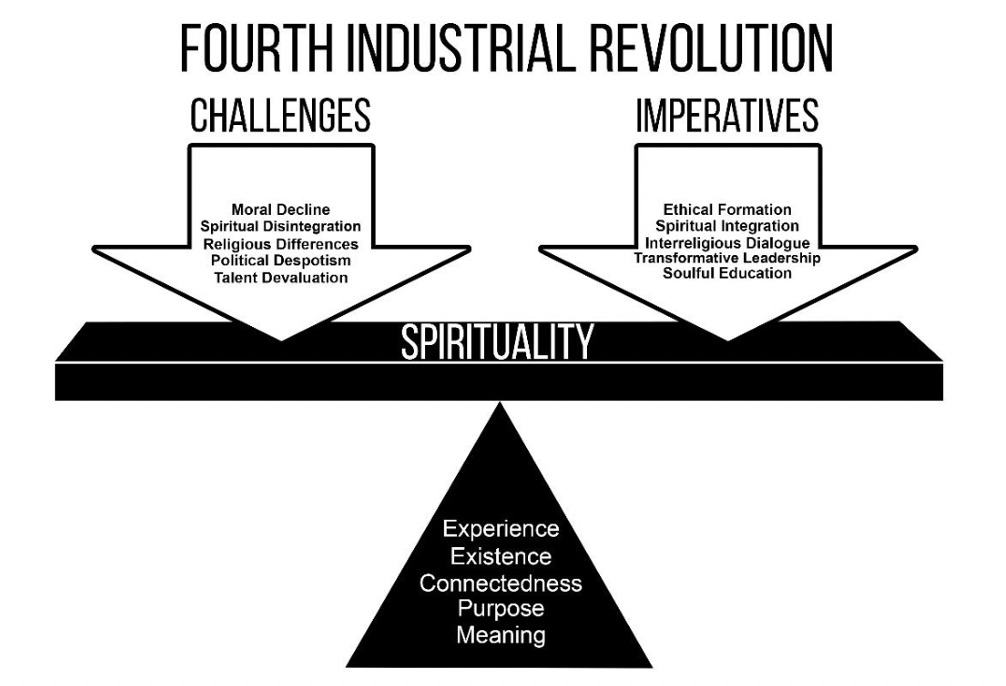
Disruptive technologies are currently changing the game in every corner of industries and even communities on the planet. It is predicted that in the year 2035, 65 different types of professions will disappear due to the popular usage of Artificial Intelligence and robotics.
Global connectivity, smart machines, and new media are just some of the drivers reshaping how we think about work, what constitutes work, and how we learn and develop the skills to work in the future. The concept of a “100 year life” becoming the norm, and the majority of that spent studying and working, means that learning will be a lot more important, and different, for the next generations. Most people will have at least 6 different careers, requiring fundamental reeducating, whilst the relentless speed of innovation will constantly demand new skills and knowledge to keep pace, let alone an edge.
The Fourth Industrial Revolution (4IR) presents a range of challenges that need to be addressed in order to fully realize its potential and benefits. Some of the challenges posed by the 4IR include:
-
Automation and job displacement: As automation and artificial intelligence technologies become more advanced, there is a risk that many jobs will become automated, leading to significant job displacement. This could lead to social and economic disruption, as workers may not have the skills needed to transition to new jobs.
-
Digital divide: The 4IR also risks exacerbating existing inequalities in access to technology and digital skills. Those who lack access to technology or digital skills may be left behind in the 4IR, further widening the digital divide.
-
Cybersecurity threats: The 4IR presents new cybersecurity threats as more devices and systems become connected to the internet. This requires new approaches to cybersecurity and privacy protection to ensure that personal and sensitive information remains secure.
-
Ethical and social implications: The 4IR also raises ethical and social implications related to privacy, security, and bias in algorithms and decision-making. As machines become more intelligent, there is a need to ensure that they are aligned with human values and ethics.
-
Skills gap: The rapid pace of technological change in the 4IR means that there is a growing skills gap, as many workers lack the skills needed to succeed in the new digital economy. This requires new approaches to education and training to ensure that workers are equipped with the skills needed for the 4IR.
-
Environmental impact: The 4IR also has significant environmental implications, as it requires significant amounts of energy and resources. This requires new approaches to sustainability and resource management to ensure that the benefits of the 4IR do not come at the cost of the environment.
In summary, the 4IR presents a range of challenges that require innovative solutions and new approaches to ensure that the benefits of technological progress are shared widely and equitably. Addressing these challenges will require collaboration across industries, governments, and civil society to ensure that the 4IR is harnessed for the greater good.
4. Environmental Care Challenge
Environmental problems are issues that affect the natural world and can have negative consequences on ecosystems, wildlife, and human health. Climate change, Air pollution, Water pollution, Deforestation, Plastic pollution and Overfishing: are among the most urgent issues facing society. These environmental problems can have significant impacts on the health of our planet, wildlife, and humans.
It is important to address these issues through collective action and individual efforts to reduce greenhouse gas emissions, conserve resources, and protect the natural environment. Education has an important role to play in promoting environmental awareness and sustainability. However, there is a lack of integration of environmental education into mainstream curricula, and a need to ensure that education itself is sustainable and does not contribute to environmental problems.
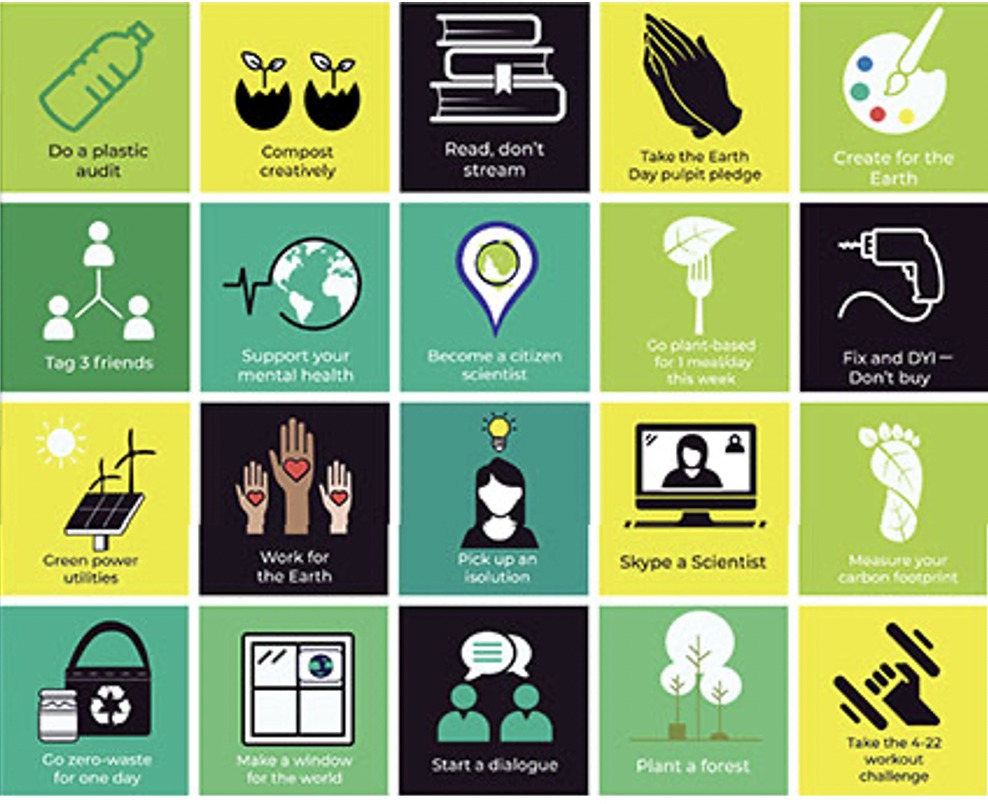
REENGINEERING EDUCATION
Disruptive innovation guru Clay Christiansen, for example, points to the dramatic unbundling of education from its current forms so that it can be personalised, repackaging, peer to peer and continuous. Whether it is classroom or workplace, online or offline, structured or unstructured, taught or learnt, standardised or not, certificated or not, then learning is likely to break free from our old mindsets in the coming years.
Defining Graduate profile for the 2045
A new vision for the future of education, should responds to the needs of “industry 4.0” or the fourth industrial revolution, where man and machine align to enable new possibilities harnesses the potential of digital technologies, personalised data, open sourced content, and the new humanity of this globally-connected, technology-fueled world establishes a blueprint for the future of learning – lifelong learning – from childhood schooling, to continuous learning in the workplace, to learning to play a better role in society.
Building up the next generation is one of the never-ending tasks, we at Technonatura have been specifically proclaiming the vision, "Rendezvous 2045" as the year 2045 as a glorious golden year full of creative, critical, scatter work, communicative and collaborative youth. One way to make students active in active work in accordance with the development of Industry 4.0 is through the development of robotics skills, where various STEAM (Science Technonoly Engineering Art and MAth) are available there.
Among the many discussions, innovations and general shifts in the world of learning – from school children to business executive – there are 9 trends that stand out:
- Students will have more opportunities to learn at different times in different places. eLearning tools facilitate opportunities for remote, self-paced learning. Classrooms will be flipped, which means the theoretical part is learned outside the classroom, whereas the practical part shall be taught face to face, interactively.
- Personalized learning. Students will learn with study tools that adapt to the capabilities of a student. This means above average students shall be challenged with harder tasks and questions when a certain level is achieved. Students who experience difficulties with a subject will get the opportunity to practice more until they reach the required level. Students will be positively reinforced during their individual learning processes. This can result in to positive learning experiences and will diminish the amount of students losing confidence about their academic abilities. Furthermore, teachers will be able to see clearly which students need help in which areas.\
- Free choice. Though every subject that is taught aims for the same destination, the road leading towards that destination can vary per student. Similarly to the personalized learning experience, students will be able to modify their learning process with tools they feel are necessary for them. Students will learn with different devices, different programs and techniques based on their own preference. Blended learning, flipped classrooms and BYOD (Bring Your Own Device) form important terminology within this change.
- Project based. As careers are adapting to the future freelance economy, students of today will adapt to project based learning and working. This means they have to learn how to apply their skills in shorter terms to a variety of situations. Students should already get acquainted with project based learning in high school. This is when organizational, collaborative, and time management skills can be taught as basics that every student can use in their further academic careers.
- Field experience. Because technology can facilitate more efficiency in certain domains, curricula will make room for skills that solely require human knowledge and face-to-face interaction. Thus, experience in ‘the field’ will be emphasized within courses. Schools will provide more opportunities for students to obtain real-world skills that are representative to their jobs. This means curricula will create more room for students to fulfill internships, mentoring projects and collaboration projects (e.g.).
- Data interpretation. Though mathematics is considered one of three literacies, it is without a doubt that the manual part of this literacy will become irrelevant in the near future. Computers will soon take care of every statistical analysis, and describe and analyse data and predict future trends. Therefore, the human interpretation of these data will become a much more important part of the future curricula. Applying the theoretical knowledge to numbers, and using human reasoning to infer logic and trends from these data will become a fundamental new aspect of this literacy.
- Exams will change completely. As courseware platforms will assess students capabilities at each step, measuring their competencies through Q&A might become irrelevant, or might not suffice. Many argue that exams are now designed in such a way, that students cram their materials, and forget the next day. Educators worry that exams might not validly measure what students should be capable of when they enter their first job. As the factual knowledge of a student can be measured during their learning process, the application of their knowledge is best tested when they work on projects in the field
- Student ownership. Students will become more and more involved in forming their curricula. Maintaining a curriculum that is contemporary, up-to-date and useful is only realistic when professionals as well as ‘youngsters’ are involved. Critical input from students on the content and durability of their courses is a must for an all-embracing study program.
- Mentoring will become more important. In 20 years, students will incorporate so much independence in to their learning process, that mentoring will become fundamental to student success. Teachers will form a central point in the jungle of information that our students will be paving their way through. Though the future of education seems remote, the teacher and educational institution are vital to academic performance.
Madrasah TechnoNatura is an experimental school founded in 2004 under the auspices of the CREATE Foundation (Center for Research on Education, Art, Technology and Entrepreneurship). The presence of the Madrasah TechnoNatura is an expression for an appropriate form of education with its era. The existing conventional schools were considered not yet optimal in responding to the challenges of the 21st century, especially with such rapid technological developments i.e. information technology.
Our role at TechnoNatura is to encourage STEAM-related interests and generate STEAM-project based learning for our students, and foster them into be inventor, innovator, a creative thinkers and doers who posses the required soft skills global professionals of 21st century and ready to make the best out of the highly advanced future.
STEAM education
STEAM is an educational approach to learning that uses Science, Technology, Engineering, the Arts and Mathematics as access points for guiding student inquiry, dialogue, and critical thinking. The end results are students who take thoughtful risks, engage in experiential learning, persist in problem-solving, embrace collaboration, and work through the creative process. These are the innovators, educators, leaders, and learners of the 21st century
What distinguishes STEAM education with conventional science and mathematics education is the integration of subjects in learning environments, which show how science or engineering methods can be applied in everyday life. STEAM delivers thought, computation and focus on real-world applications in the world, and learns to find solutions to those real problems. STEAM is a learning tool that can be applied since the child is young, establishing a solid foundation of scientific, engineering and art thinking.
STEAM ties ALL the subjects to each other in an interdisciplinary way as well as to the full spectrum of the rapidly changing business and professional world. It is a life-long career and life-readiness way of educating and learning that is adaptable to the rapidly changing global world we live in. It promotes deeper understanding and transference of knowledge across the subjects. It is used for developing model educational programs to create functionally literate people by increasing the depth and breadth of proficiency in all students and educators and the communities they influence. It works by expanding a program’s current lesson plans into STEAM plans for more realistic discovery and innovation for all types of learners and support from and interaction with local and global community.
Moreover STEAM's approach is characterised as an approach that uses Project-based, integrated, multi-disciplinary learning for all levels of students, and grounded on "real" issues and concepts that apply the basic foundations of Science, Technology, Engineering, Arts and Mathematics
Cloud Based Education
Getting personal
aims to help every child access personalized educational experiences that can change the trajectory of their life.
Teachers using the platform become coaches and help each student to work through lessons at their own pace and to take tests when they are ready.
Analysis of real-time data from tests and lessons means teachers can tailor the help they provide to meet each student’s particular needs.
Adaptive learning
A key part of educational technology’s success rests on how well it can be adapted to the needs of the learner.
While a 2015 OECD report found little connection between how much a country invests in IT in schools and how well its children perform in educational tests, subsequent research is beginning to show more positive results when the scope of educational technology is narrowed to adaptive learning programmes.
found children using adaptive learning scored higher marks in reading and maths tests than those who had not used a personalised approach. Many who were previously below-average scorers ended up with above-average marks
Opportunities emerging from online platforms on cloud based that can augment teacher and students innovation when it comes to implementing global citizenship education. YouTube, Skype, Facebook and Twitter allow individuals around the world to connect in ways never before possible. And youth can take direct action using technology; for example,
But equally students whose learning took place completely online were outperformed by those who had some form of personal engagement, suggesting that a “blended” approach of classroom teaching and online learning may work best.
Access for all
Despite a small but growing body of evidence about the benefits of education technology, the biggest challenge to its more widespread use continues to be the lack of access.If technology is truly going to provide personalised education for all then something needs to be done to bridge the lack of internet infrastructure in many developing nations.
STEAMdom an online direct steam and innovation platform, allows individuals in the world to make direct publication to their STEAM work entrepreneurs and students in developing countries.
- Log in to post comments
